Tourism
Emirates fact sheet
An airline is born
In 1984, Sheikh Mohammed bin Rashid al Maktoum, then UAE Minister of Defence and a member of Dubai’s progressive royal family, asked Sir Maurice Flanagan, then managing director of dnata, to look into starting an airline.
By December that year, a comprehensive business plan was ready, and the name “Emirates” was chosen for the new airline.
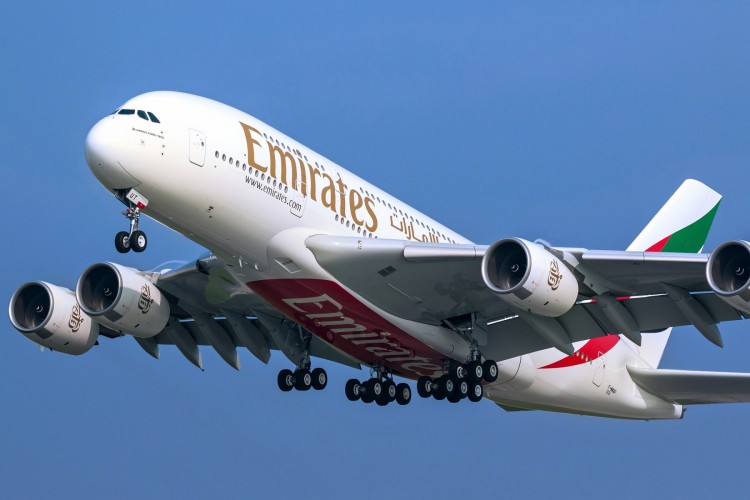
Tourism
Emirates, ZTA new deal endorses Zim tourism
‘Zimbabwe is a key emerging destination in Africa, attracting more international visitors every year who want to experience the country’s bountiful nature and embrace the warm culture.’
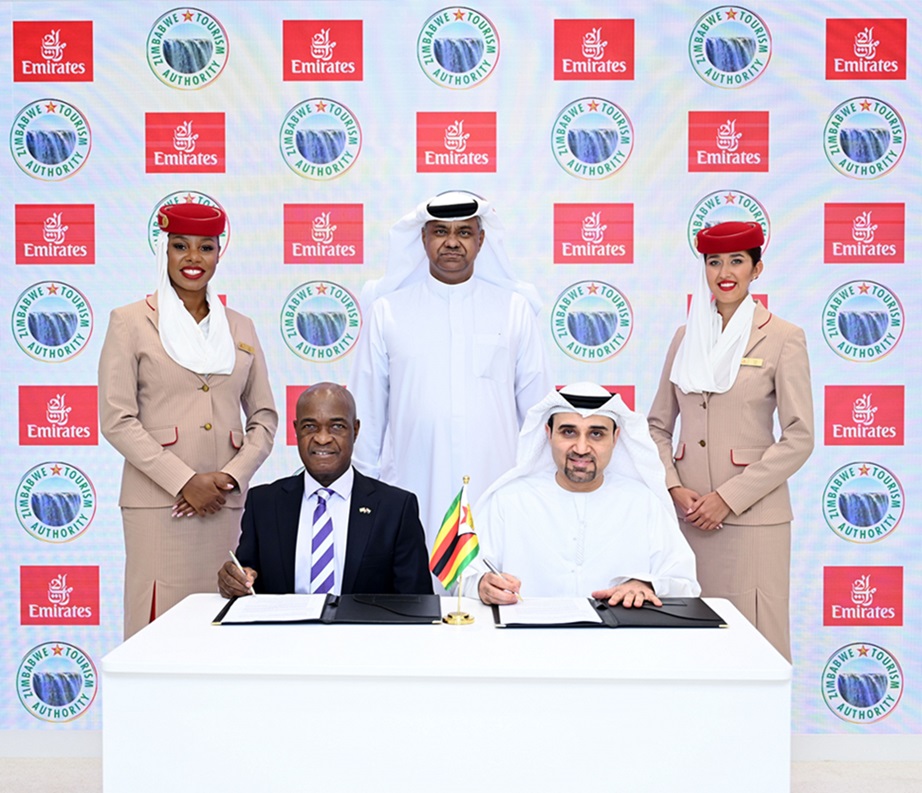
IN a move that reaffirms Emirates’ commitment to Zimbabwe as a must-visit tourist destination in Africa, the airline has renewed their partnership deal with the Zimbabwe Tourism Authority (ZTA).
In line with their shared goal of introducing more international tourists to the local market, the MoU, signed at Arabian Travel Market (ATM) reinforces the airline’s longstanding commitment to attracting to attracting to Zimbabwe visitors from across its global network of more than 130 passenger destinations.
According to a statement by Emirates the MoU was signed by the Senior Vice President of Commercial Operations for Africa Badr Abbas and Ambassador Lovemore Mazemo for the Zimbabwe Tourism Authority.
Among the senior officials present at the ceremony were Emirates executive vice president Passenger Sales and Country Management, Nabil Sultan and Airports Company of Zimbabwe Vice Board Chairperson, Dr Sinikiwe Gwatidzo, along with other senior officials.
Badr Abbas, said: “Zimbabwe is a key emerging destination in Africa, attracting more international visitors every year who want to experience the country’s bountiful nature and embrace the warm culture. With this partnership, we renew our commitment to boosting inbound visitors and to continue flying passengers better with Emirates to and from Zimbabwe.”

“This initiative is crucial for implementing strategic promotional programs that aim to boost travel to Zimbabwe.”
ZTA acting CEO William Stima
ZTA acting CEO William Stima was reported as saying that the partnership renewal with the airline was a significant milestone in strengthening collaboration between the two organisations.
“This initiative is crucial for implementing strategic promotional programs that aim to boost travel to Zimbabwe.”
Under the MoU, Emirates will continue to identify key markets to promote Zimbabwe as a competitive tourism destination and encourage travellers to experience its diverse natural wonders, exotic wildlife and vibrant cultural attractions.
On its part, the ZTA will work closely with the airline to develop programmes for trade partners and tour operators to market and stimulate the industry.
Both partners will explore incentives, familiarisation trips and other marketing initiatives to stimulate tourism bookings into Zimbabwe.
Zimbabwe has laid out ambitious tourism objectives as it aims to become a leader in sustainable tourism in Africa by 2030, marking it as a must-visit destination on the global map.
The ongoing partnership between Emirates and the ZTA supports this vision, increasing visibility in international markets and attracting visitors from markets such as the UAE, UK, China and Australia to the country.
Emirates first began operations to Harare in February 2012. Just over a decade later, the airline has carried 1.12 million passengers since the inaugural flight, facilitating better travel and trade links with the wider world.
Trailblazing journey
The Emirates story began in 1985 when it launched its operations with just two aircraft. Today, it flies the world’s biggest fleets of Airbus A380s and Boeing 777s, offering customers the comforts of the latest and most efficient wide-body aircraft in the skies.
Emirates inspires travellers around the world with its growing network of worldwide destinations, industry-leading inflight entertainment, regionally-inspired cuisine, and world-class service.
For more information see www.emirates.com/zw
Tourism
Victoria Falls Bridge – ultimate all-round experience
After viewing the spectacular Victoria Falls, one of the Seven Natural Wonders of the World, the second most popular landmark in the region is the Victoria Falls Bridge.
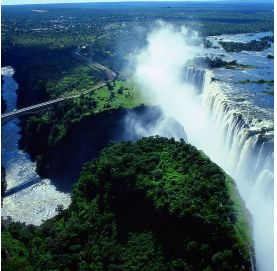
..Africa’s adventure capital
As a holiday destination, Victoria Falls is simply the ultimate all-round experience.
From the impressive scenery to the abundant wildlife, the world-famous adrenaline activities and strong local culture, there is so much on offer in Africa’s adventure capital.
After viewing the spectacular Victoria Falls, one of the Seven Natural Wonders of the World, the second most popular landmark in the region is the Victoria Falls Bridge.
While it is the stunning natural beauty of the Victoria Falls that takes your breath away, it is the man-made magic of building a bridge across an enormous chasm that really blows your mind!
Connecting the two towns, Livingstone in Zambia and Victoria Falls in Zimbabwe, the Victoria Falls Bridge was the dream of one man, Cecil John Rhodes, where his vision was for Africa to be connected from Cape-to-Cairo with a continuous railway.
The legend is that he instructed engineers to “build a bridge across the Zambezi where the trains, as they pass, will catch the spray of the Falls”.
When you think that this construction began in the turn of the century, in 1903 it really is awe-inspiring. Source: zimbabwetourism.net
Tourism
Antelope Park joins White Rhino fight
ZCN editor, Albert Masaka recently visited Antelope Park Game Reserve in Gweru, he narrates his second visit to in two years.
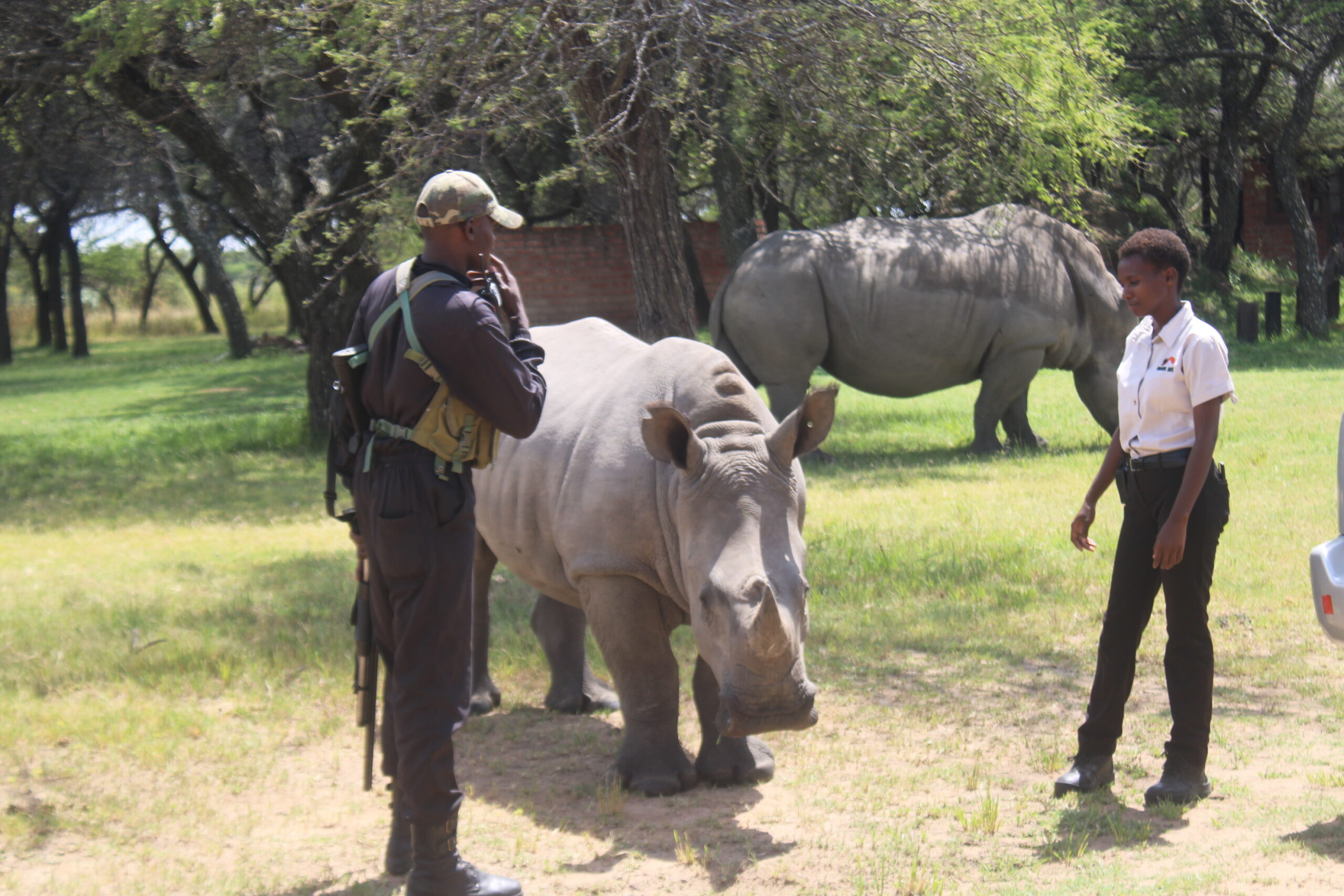
RARE are these moments when humanity and wildlife live together in harmony for their mutual good.
I am quick share the same popular sentiments expressed by other guests and volunteers at Antelope Park Game Reserve, that we always look forward to the next trip to one of the country’s leading private game reserves.
Popular as a conservancy to the lion and situated about 300km away from my base in Harare on the outskirts of the Midlands province capital in Gweru,
This game reserve in Zimbabwe where each visit is always intriguing and different from the past.
Sitting on 3 000 acres it is home to several indigenous animals from the African continent including the elephant, giraffe, zebra, wildebeest and impalas among others.
That is not all, it is also the proud habitat of the white-chested fish eagle, vulture and hornbill among other birds.

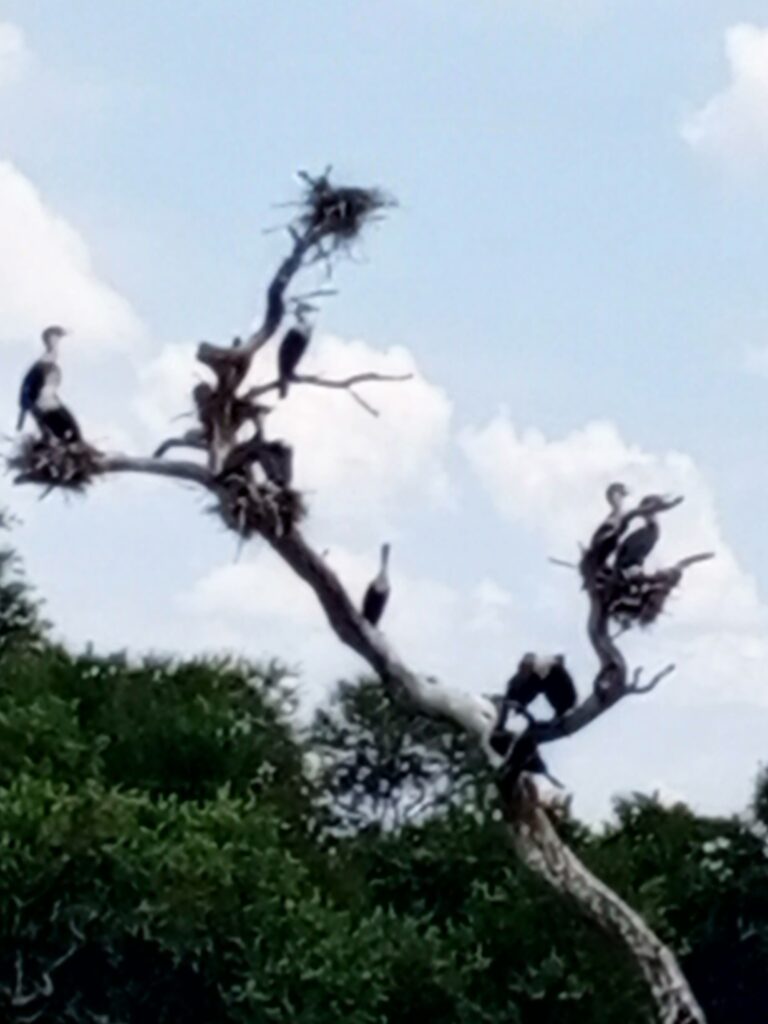
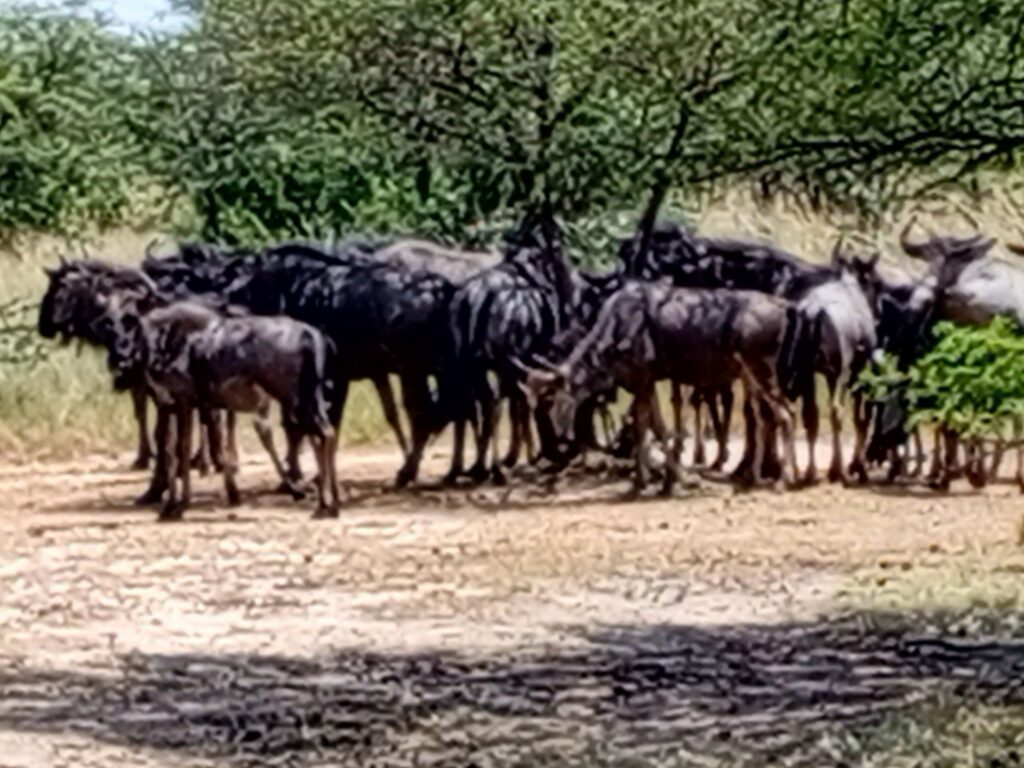
This occasion my visit was more exciting for me because I was booked for three days in one of the six walk-in safari river tents.
My tent was the furthest from the rest.
While it was a bit scary, my fears quickly vanished the moment I was inside my comfortably furnished tent.

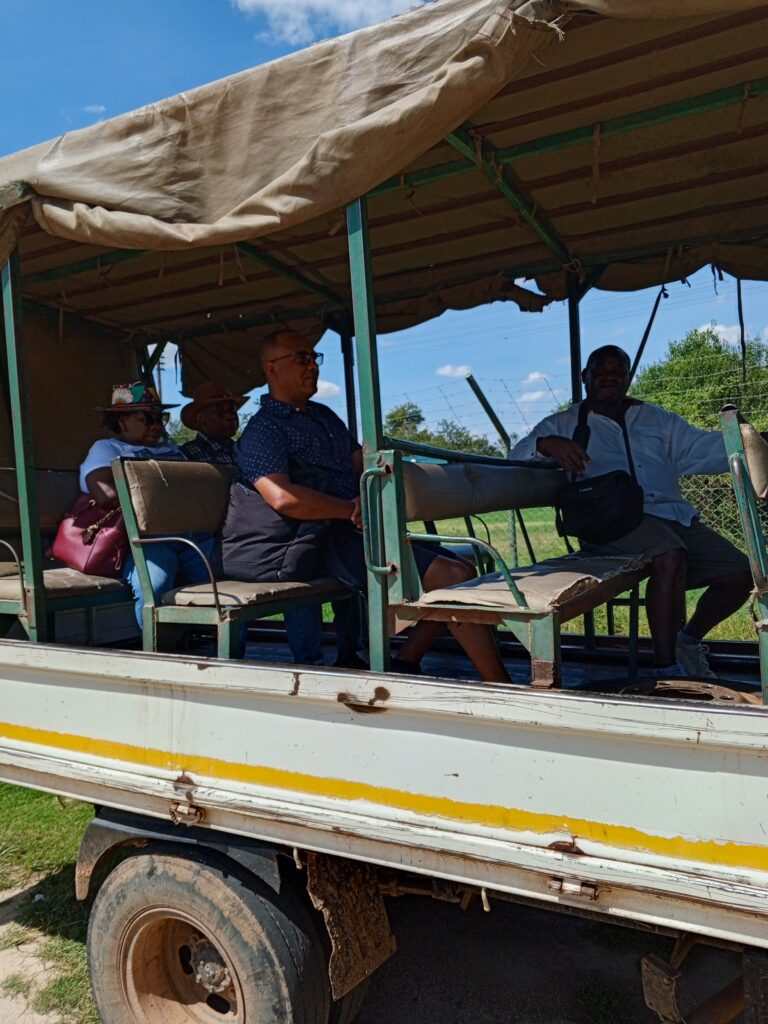

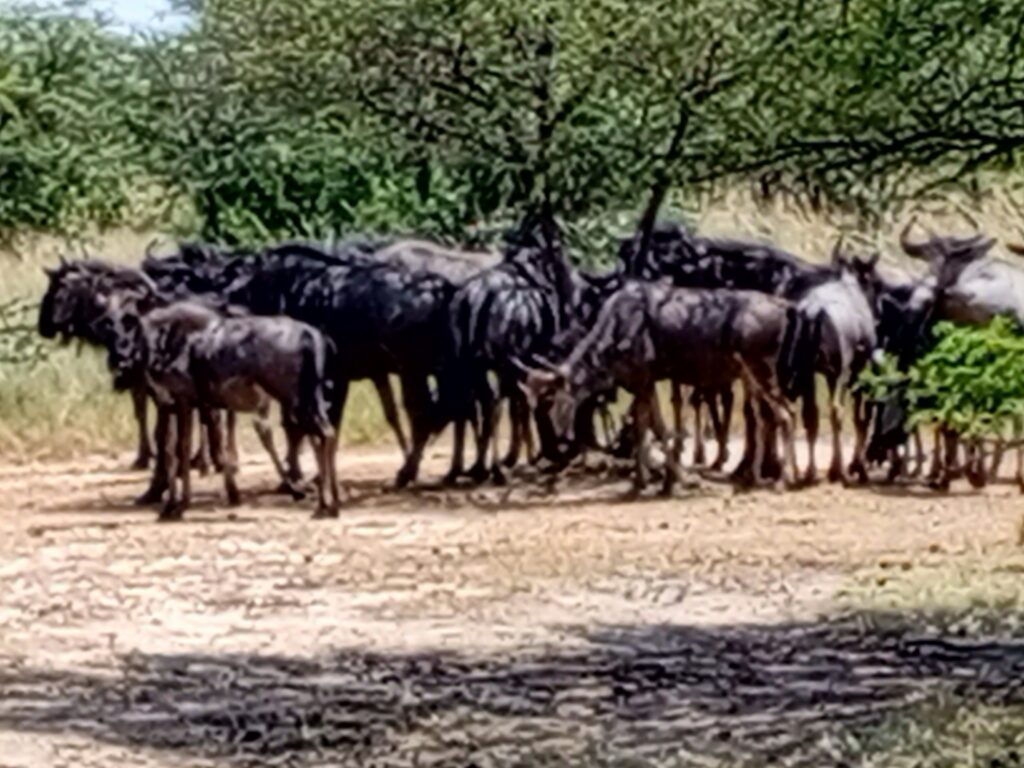
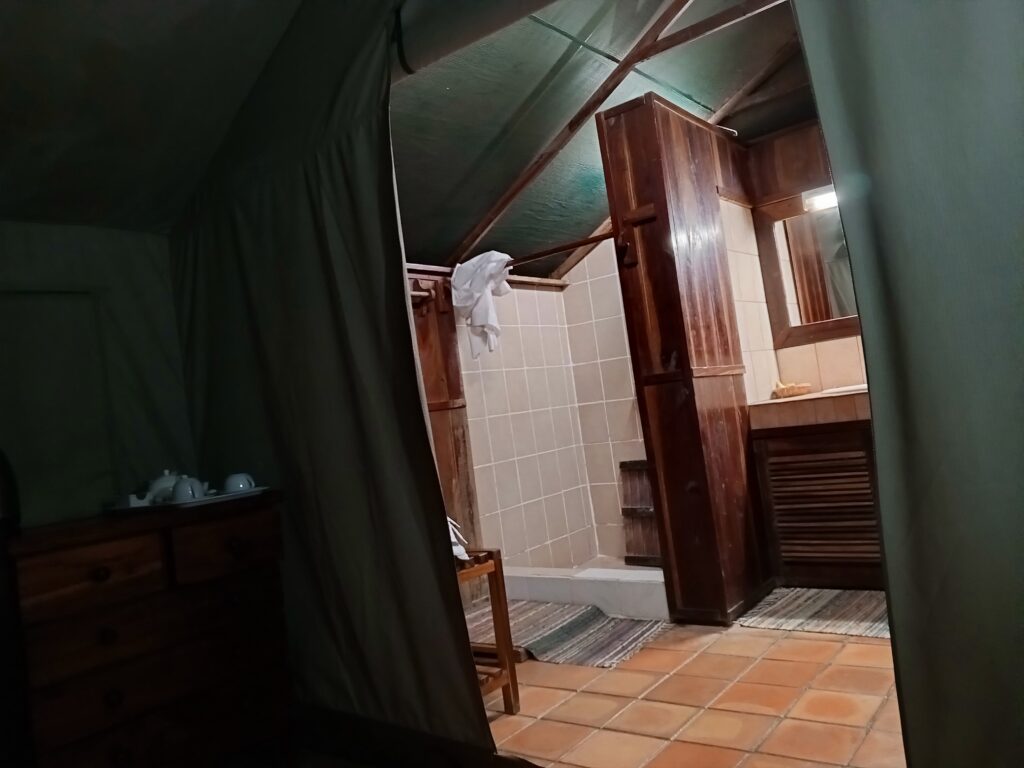
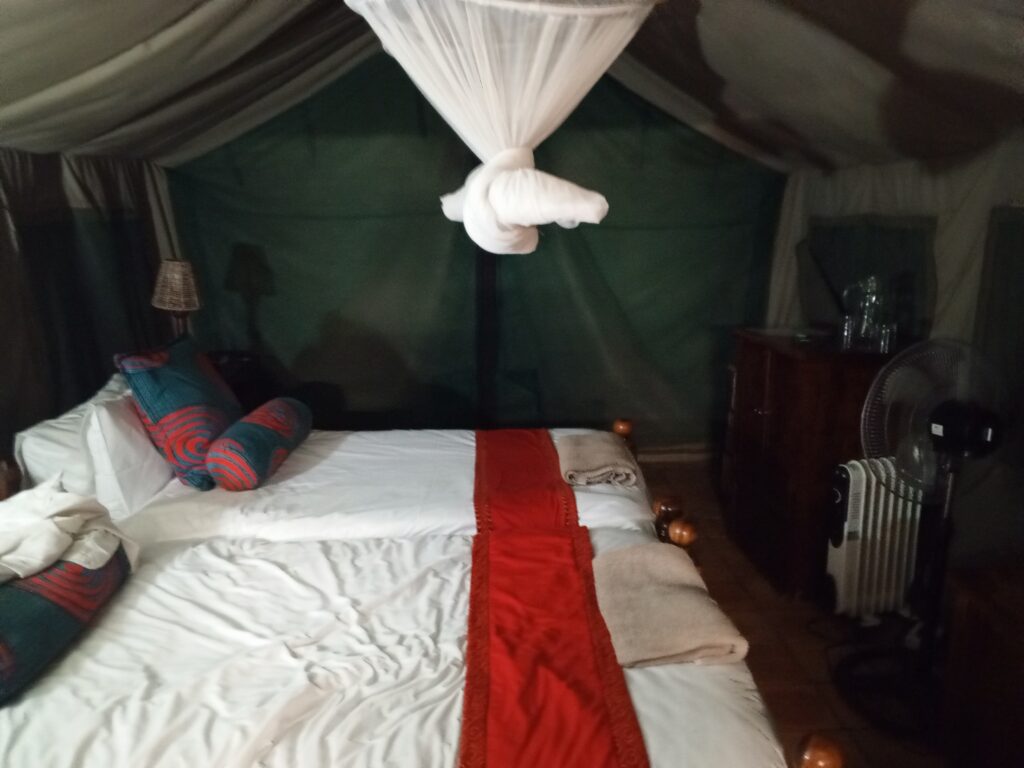



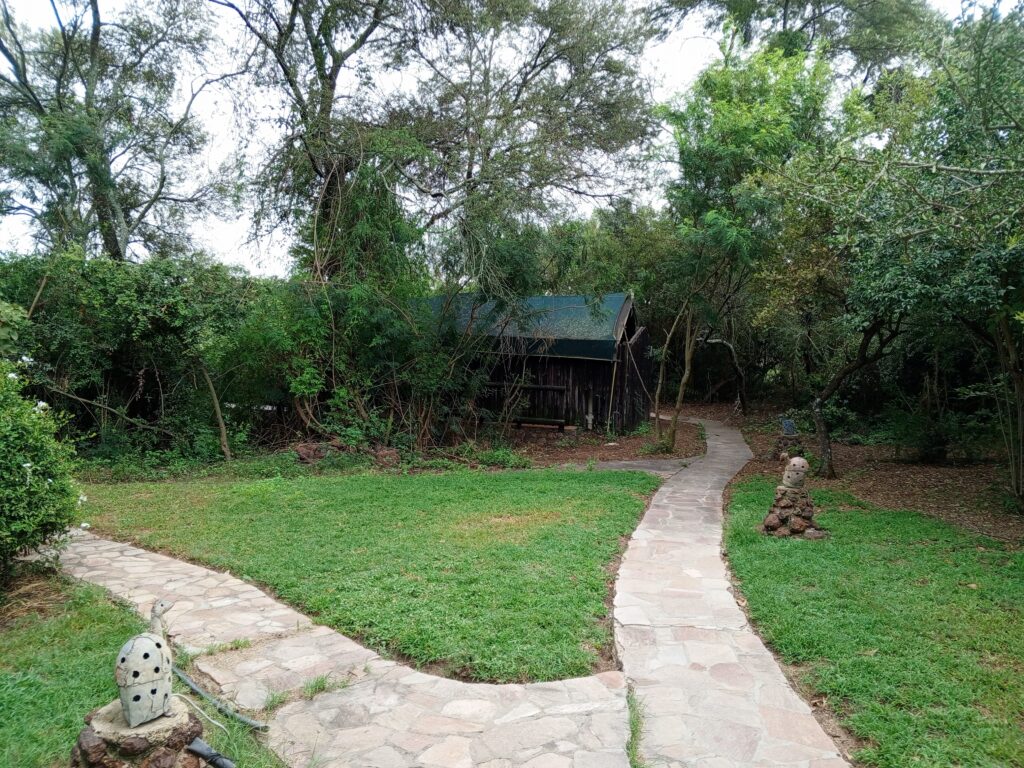
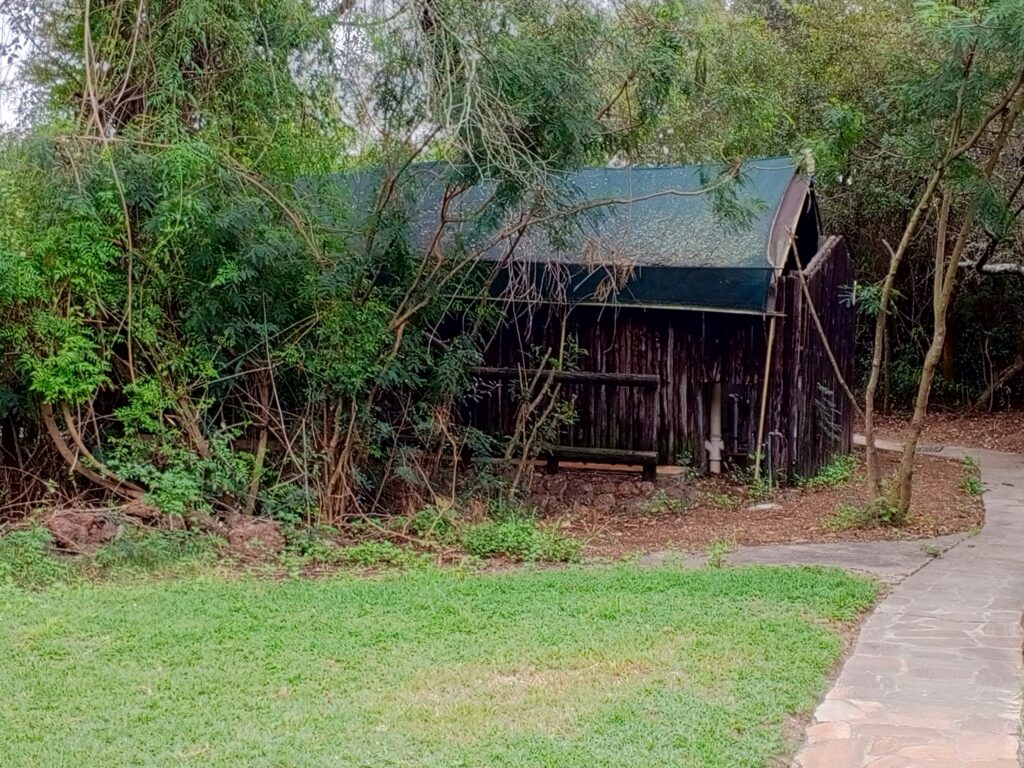

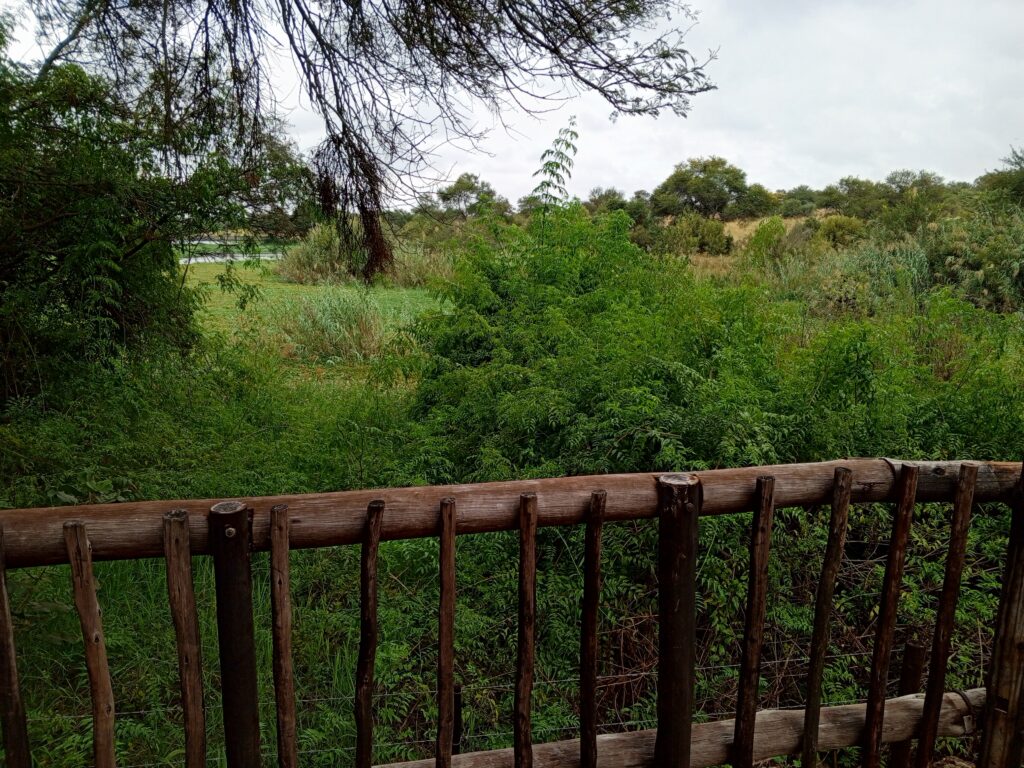
Charming was the natural balance between the comforts of home and sleeping in the African bush.
What with the adrenalin-filled thrill triggered by the roar of lions in the evening and wake-up call from the chirping of birds in the morning.
But it was my last activity at Antelope Park that was more revealing and challenging.
This might come as a surprise for one who had enjoyed the unforgettable activities that included elephant interaction, game drives, the lion feed, bird-viewing and canoeing.
What will remain etched in my mind is the sight of two female White Rhinoceros under round-the-clock protection by armed guards in the open savannah grasslands.
This is now the case with the White Rhino endangered square-lipped species at Antelope Park, one of the Zimbabwe’s leading private game reserves.
Our young female guide Delight Gambiza informed us that the male rhino was some distance away.
The International Union for the Conservation of Nature (IUCN) Species Survival Commission’s African Rhino Specialist Group (AfRSG) reported that there are now an estimated 16 803 white rhinos.
Antelope Park has joined the greatest success conversation story is in southern Africa were the white rhino recovered from near extinction from 100 in the 1990s to the current over 16 000.
The is first increase for the species in over a decade.
Their easy visibility and territorial behaviour make them favourites for local and international tourists who flock to Antelope Park.
The semi social and territorial mammals tend to prefer short grasses and use their square-shaped lips to crop the grass close to the ground.
These wide-mouths are perfectly adapted to their diet made up of a variety of grasses found in their grassland and savannah habitats.
However, it is the human and financial costs for the upkeep and safety of the White Rhino which enjoys a lifespan of over 50 years are quite enormous.
In the last decade, more than 1 000 rangers worldwide are reported to have lost their lives in the line of duty.
According to the Save the Rhino International website there is need to ensure that the ranger teams have the kit needed to protect rhino populations like good quality shoes, backpacks and accommodation.
Details
-

 Tourism1 year ago
Tourism1 year agoAntelope Park joins White Rhino fight
-

 Breaking News11 months ago
Breaking News11 months agoZim Community Trailblazers Awards (ZCTA) Call for Entries (5th Edition)
-

 Health and Wellness1 year ago
Health and Wellness1 year agoLeaked nudes: Traumatic impact, healing pathways
-

 Entertainment4 years ago
Entertainment4 years agoCharambas ZCTA maiden winners
-

 Breaking News1 year ago
Breaking News1 year agoMnangagwa approves Starlink Zim operations
-

 Entertainment1 year ago
Entertainment1 year agoSetina Mandiveyi plots to shine
-

 Tourism1 year ago
Tourism1 year agoWhite Rhino grazing at Zim’s biggest private game reserve
-

 Zim Community Trailblazers Awards8 months ago
Zim Community Trailblazers Awards8 months agoZim Community Trailblazers Awards plot first-rate celebrations





